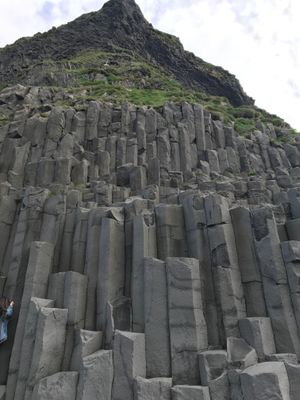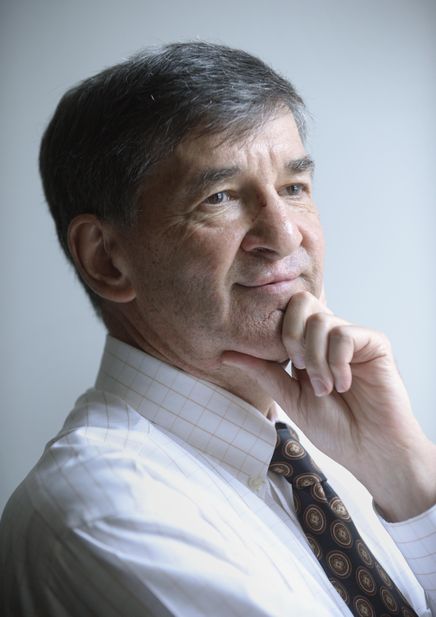Iceland is not just one big rock
REYKJAVIK, Iceland — The terrain in Iceland is so rough that astronaut Neil Armstrong and others trained here in preparations for landing on the moon.
The landscape on the 30-mile bus ride from the Keflavik Airport to Reykjavík is the rockiest I’ve ever seen and I immediately compared it to the surface of the moon. I learned later that Armstrong practiced his famous steps on the moon on the lava rocks of the world’s 18th largest island.
Iceland was formed by volcanic hotspots beneath the North Atlantic and has 130 volcanoes. More than 30 volcanoes remain active, including Hekla. Hekla’s last eruption was in 2000 and is considered the one most likely to erupt next.
I’m generally not one to join a tour group, but I had done enough research to learn that taking a group bus for sightseeing was the safest and most efficient way to enjoy the varied views of Iceland. I chose the Southern Coast tour, which promised glaciers, water falls and black sandy beaches on a full day tour. The price was $78, which was well worth it.
Our tour guide, Jona, narrated the drive and insisted on sticking to the schedule so that we could stay ahead of the cloudy weather. Anyone who did not return to the bus by the specified time was required to sing for the group. Five-year-old Michael was the first to be penalized. Jona asked him where he was from, which stumped him. He shouted, “Mom, where am I from?” The group erupted with laughter. The U.S.-born Michael then belted out the theme song from Ghostbusters, which brought even more laughter.
In addition to such pleasures as standing behind a magnificent waterfall, walking the black sand beaches and sitting on the stunning basalt formations, we saw first hand Iceland’s dependence on geothermal energy. Deep inside Iceland’s Earth lies hot water and steam that is captured to heat homes and generate electricity. Geothermal heating fills the heating and hot water requirements of approximately 87 percent of all buildings in Iceland. Our bus made an unscheduled stop at an energy collection plant, giving us a closeup of huge plumes of steam and a pipeline winding its way across the landscape.
Iceland’s main industry is tourism, which overtook fishing as number one several years ago. More than two million tourists visited Iceland in 2017. Iceland Air encourages visitors by offering free, extended layovers for travelers. I booked three nights in Reykjavik on my way home from the United Kingdom and did not have to pay any extra airline fees.
After enjoying the availability of trains and buses in the UK, I was jolted back to reality in Iceland. There are no railways in Iceland, so expensive taxis, a cumbersome bus system or rental cars are the only option. A taxi from the airport to the city costs about $125, so I rode three different buses for a total of about $45, give or take an Icelandic krona. The bus trip from the airport took more than two hours, which was no fun for a weary traveler.
Reykavik’s center city is alive with the popular East Square, an outdoor gathering place featuring a large green lawn and nearby outdoor restaurants and bars. I made my way to the House of Parliament and walked into the lobby, where I was immediately informed by a stern security guard that the automatic door opened by mistake and that I was not allowed in the building. Best as I can tell by online research, the public simply is not allowed into the building. So much for open government.
Ever the explorer of all things weird, I felt compelled to visit the Icelandic Phallological Museum, the world’s largest display of penises and penile parts. Cue the jokes. Photos available upon request, kids.

